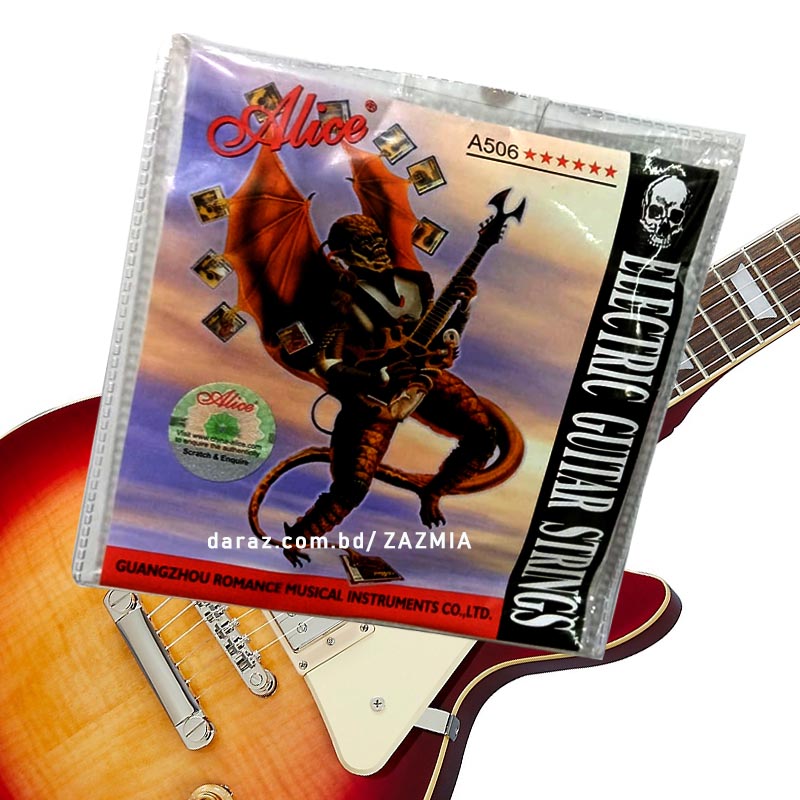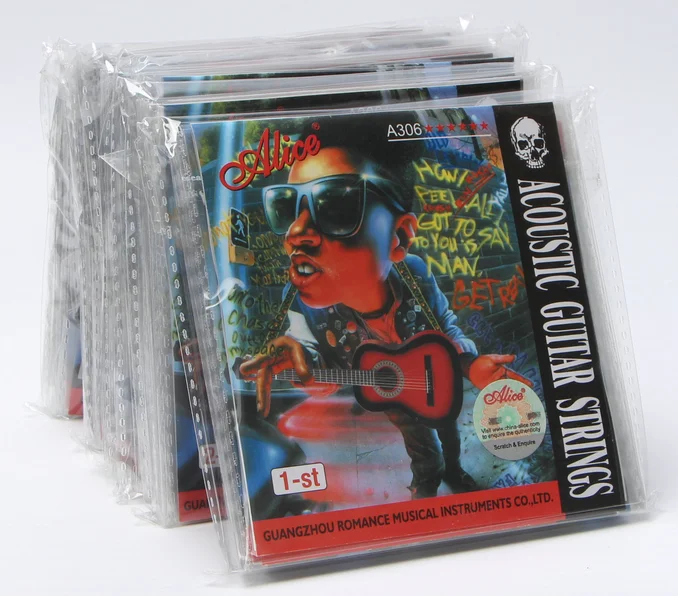

- #Figure 1 action strings how to
- #Figure 1 action strings software
- #Figure 1 action strings mac
- #Figure 1 action strings windows

When we include interactions f can start shifting position inside the operator. The position of f inside the operator will matter since we are in the planar limit. Then we consider replacing some of the Zs in this operator by other fields, such as f, one of the other transverse scalars. This state corresponds to a graviton with large momentum p +. We consider chiral primary operators such as Tr with large J. These plane waves incorporate, in a precise sense, the first correction to the flat space result for certain states. We will reproduce the spectrum on a plane wave. In fact we will be able to do slightly better than reproducing the flat space spectrum.

#Figure 1 action strings how to
In these notes we will explain how to reproduce this spectrum from the gauge theory point of view. The perturbative string spectrum is not known exactly for general values of the 't Hooft coupling, but it is certainly known for large values of the 't Hooft coupling where we have the string spectrum in flat space. The spectrum of strings on AdS 5× S 5 corresponds to the spectrum of single trace operators in the Yang Mills theory. The radius of curvature of the ten dimensional space goes as. One of the surprising aspects of the AdS/CFT correspondence is the fact that for = 4 super Yang Mills these strings move in ten dimensions and are the usual strings of type IIB string theory. These strings live in more than four dimensions.

The fact that large N gauge theories have a string theory description was believed for a long time. We also describe some other aspects of string propagation on plane wave backgrounds. We reproduce the spectrum by summing a subset of the planar Feynman diagrams. We explain how the string spectrum in flat space and plane waves arises from the large N limit of U(N) N = 4 super Yang Mills. Institute for Advanced Study, Princeton, NJ 08540, USA ► To select a phrase from the user interface, click on the note name of the phrase you wish to use.Strings in flat space and plane waves from N = 4 super Yang Mills You can switch between phrases in a legato manner, allowing you to easily change a pattern half way through a bar without missing a beat. ► To select a phrase using your MIDI keyboard, press the relative MIDI note. The KONTAKT on-screen keyboard displaying the active key-switches (in red) and the trigger keys (in blue). These key-switches are displayed as red keys in KONTAKT's on-screen keyboard. Up to 10 phrases can be assigned to selected key-switches from C0 upwards via the user interface (this process is described in section ↑ 3.2, Theme and Phrase Controls (SLOTS 1-5 and SLOTS 6-10)). While it is possible to use the phrases at tempos below 100bpm or above 250bpm, the audio quality may start to lessen noticeably at more extreme settings. Thanks to the high-quality timestretching algorithm in KONTAKT 5, the phrases in this library can be played at any tempo between 100bpm and 250bpm without any noticeable artifacts. Phrases will automatically sync to the master, or host tempo. The loops are triggered and selected by MIDI, allowing for fast orchestral scoring. The ACTION STRINGS instrument is designed to be played using a MIDI keyboard. Using ACTION STRINGS Phrase Selection and Playback Theme and Phrase Controls (SLOTS 1-5 and SLOTS 6-10). Special thanks to the Beta Test Team, who were invaluable not just in tracking down bugs, but in making this a better product.
#Figure 1 action strings windows
Windows, Windows Vista and DirectSound are registered trademarks of Microsoft Corporation in the United States and/or other countries.Īll other trade marks are the property of their respective owners and use of them does not imply any affiliation with or endorsement by them.
#Figure 1 action strings mac
Mac, Mac OS, GarageBand, Logic, iTunes and iPod are registered trademarks of Apple Inc., registered in the U.S. “Native Instruments”, “NI” and associated logos are (registered) trademarks of Native Instruments GmbH. No part of this publication may be copied, reproduced or otherwise transmitted or recorded, for any purpose, without prior written permission by Native Instruments GmbH, hereinafter referred to as Native Instruments.
#Figure 1 action strings software
The software described by this document is subject to a License Agreement and may not be copied to other media. The information in this document is subject to change without notice and does not represent a commitment on the part of Native Instruments GmbH.


 0 kommentar(er)
0 kommentar(er)
